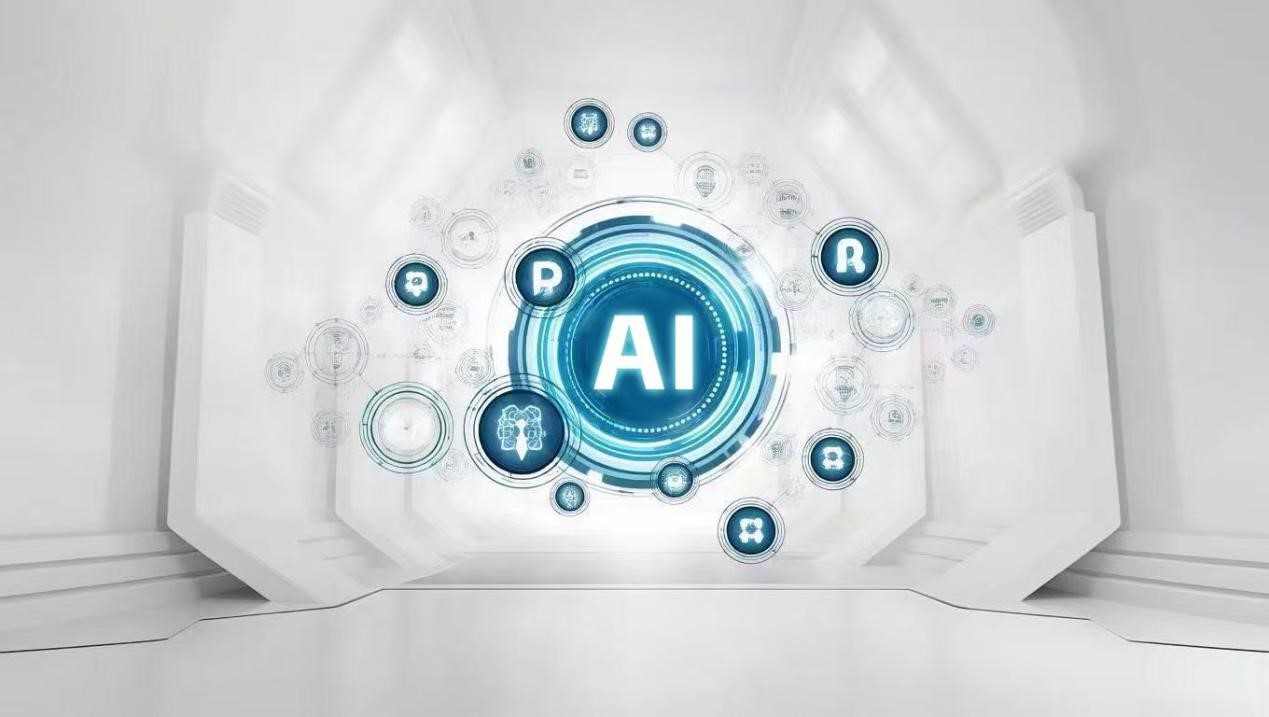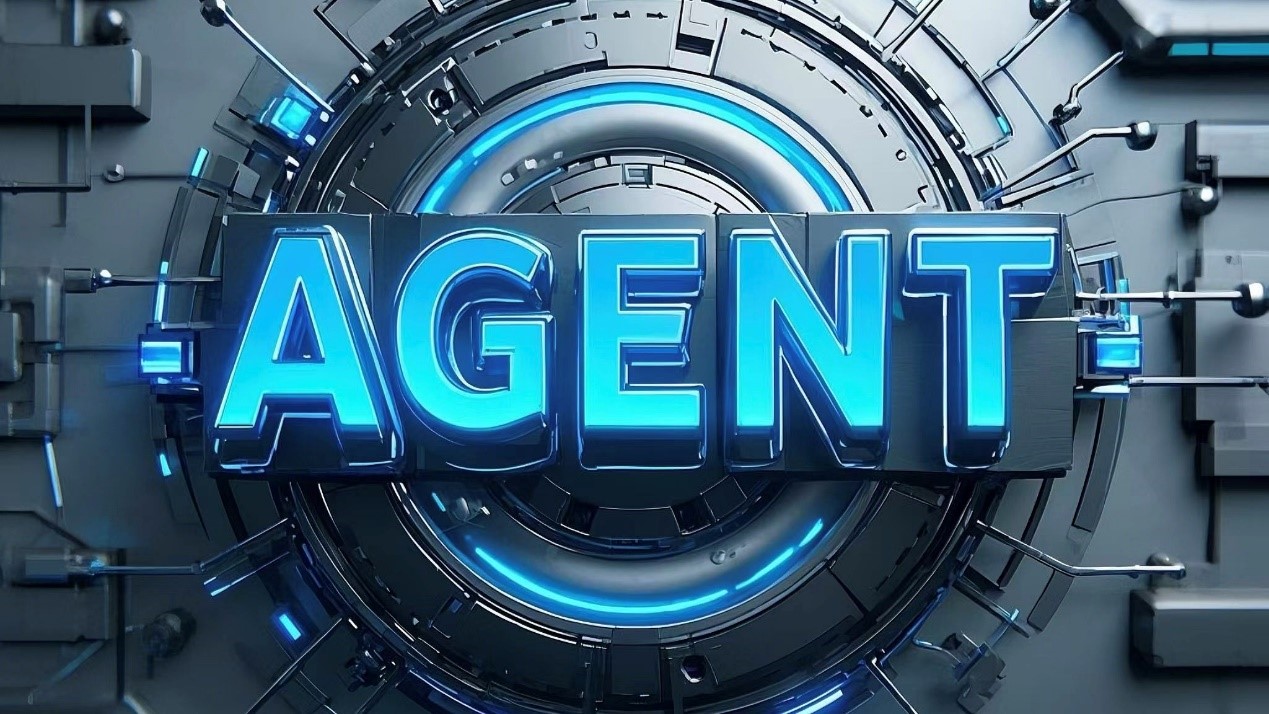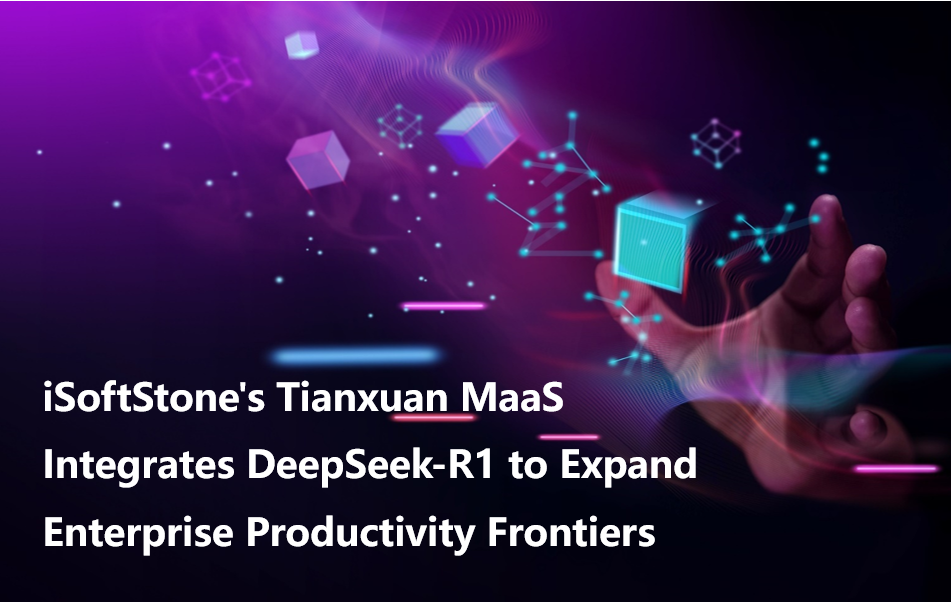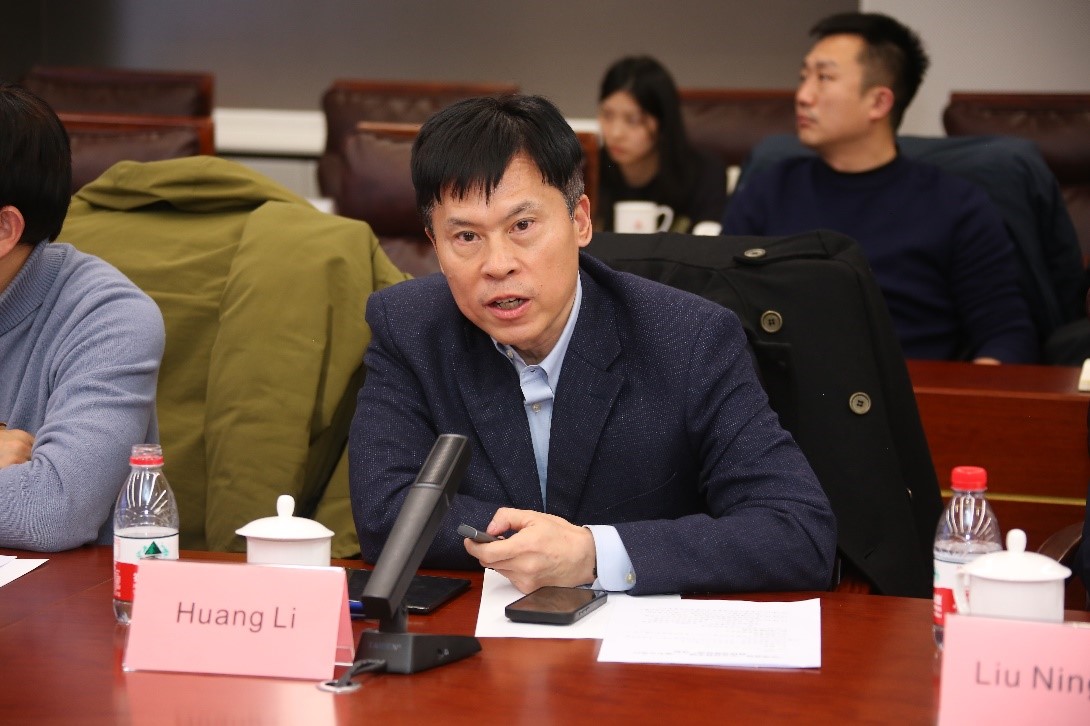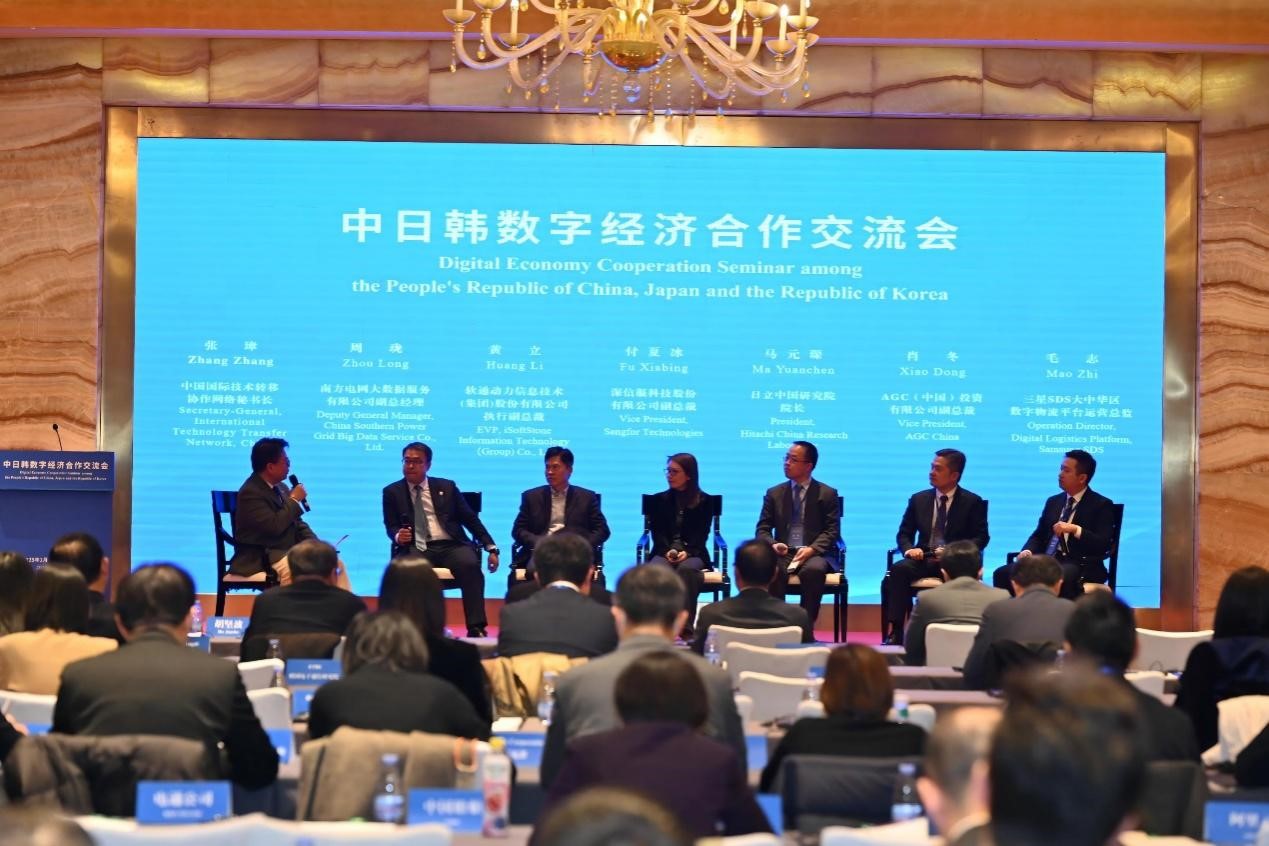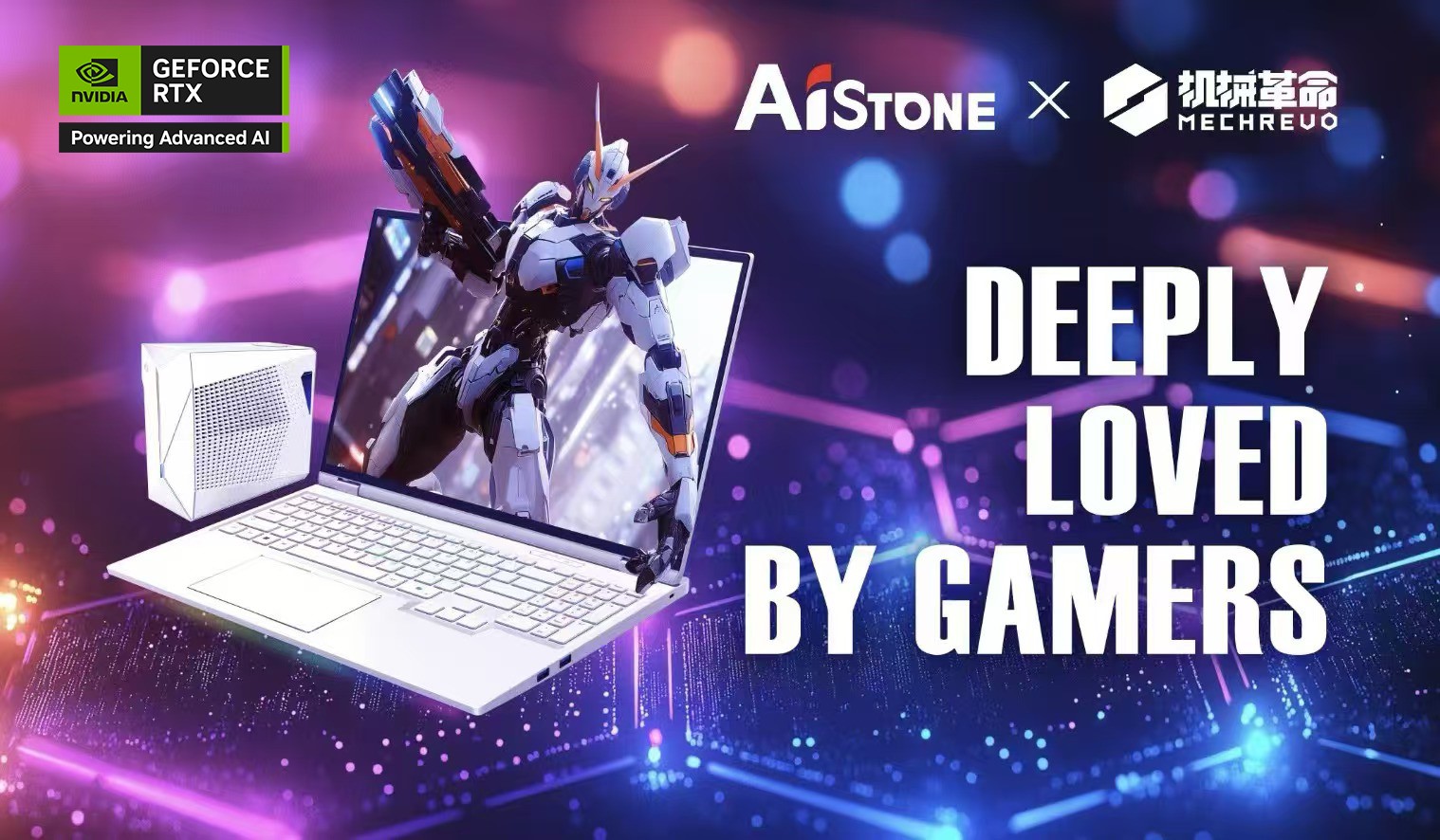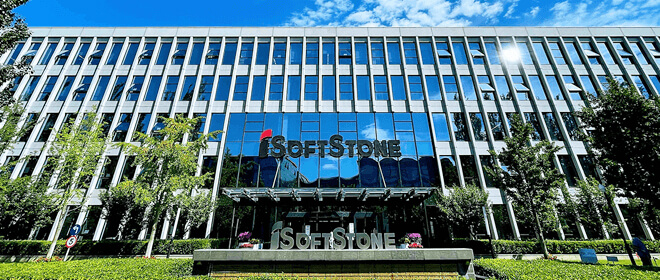
Media Watch: How to Break the "Two Major Challenges" of Digital Transformation
Every time the tide of technology strikes, there are multiple players on the beach. The same is true for digital transformation, and every related component is looking for its best position. At the Huawei China Eco-Partner Conference 2018, a new term "Eco-Century" was proposed as Huawei believed that ICT ecology was stepping into a new era, and the future diversified ecology would create exponential prosperity.
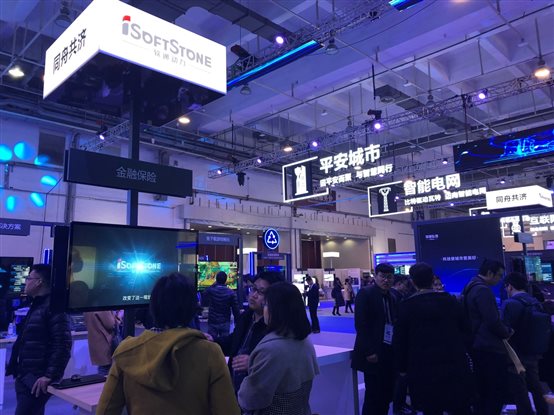
iSoftStone Information Technology (Group) Co., Ltd. (iSoftStone) has offered fruitful digital transformation services in many fields for many years; as an important strategic partner of Huawei for more than a decade, it attended the conference with a number of industry solutions related to economy and people's livelihood. During the conference, Yesky interviewed Mr. Qingfa Li, Senior Vice President of iSoftStone. As a pioneer, he has nearly 20 years' experience in IT industry, and gained unique opinions and insights on the connotation of enterprise digital transformation after experiencing the digital transformation process of many industries.
Take the lead by understanding the trend
For traditional enterprises, digital transformation is no longer a multiple-choice question, but a matter of survival. "In the past ten years, many companies have disappeared." Mr. Li sighed, "they were not defeated by competitors, but the times. So why? The times have changed and the target consumers have been digitized." He believes that future enterprises will all be digital, but some are native and others are reconstructed. Enterprises and organizations in different industries are bound to the digital transformation; otherwise, they will be troubled by not only the decline of market performance, but also the invincible defeat and extinction in the competition. Enterprises with successful digital transformation can better provide accurate and efficient services for complex and changeable market demands, gain competitive advantages and form competitive barriers."
For the boosters of digital transformation, one of the important trends is that Internet enterprises established under new technologies and new models have invaded the boundary of traditional industries. Mr. Li made his argument more convincing through several examples, such as the rise of Xiaomi model and the birth of new giants including DiDi etc. Enterprises are more urgent to accelerate digital transformation under the impact of these newcomers. "Big data, AI and other technical means are the future weapons. If you come to fight, you will be certainly defeated if following the traditional way." By taking the insurance industry as an example, Mr. Li showed that the current competition in the industry was no longer the competition between the number of people and the number of branches, but the technical competition, in which whoever applies high technical means can make claims faster, gain stronger customer acquisition ability, and improve the whole service ability, thus having competitiveness and profitability.
The interaction and force between consumer IT and enterprise IT is another important trend. If we supposed that the transformation and upgrading of informatization in the past few rounds be mainly driven by IT departments of enterprises, then business departments and enterprise CXO will take the initiative to use new technologies to create new competitiveness given that work and lifestyle have now changed with the development of consumer IT technologies and applications such as mobile phones and mobile devices. In this way, non-IT departments have become a new advocator for digital transformation.
Digitalization is a difficult and long journey
The ultimate goal of digital transformation is nothing more than "reducing costs and improving efficiency."
Mr. Li believed that digital transformation, different from informatization, is characterized by high complexity and long-term evolution. "Informatization focuses on process informatization, while digitalization talks about business." He believed that, for Chinese enterprises, most of them now have only started the initial step of digitalization, that is, the digitalization of business of various departments. There is still a long way to "digitalization" since the term may involve the adjustment of the whole business model, including the adjustment of the whole business direction and management model; so, the digital transformation is essentially the transformation of business.
Featured by obvious industry attributes, high customization requirements and long life cycle, the digital transformation of many enterprises is a period of trials and hardships, a lot of enterprises just try it or give up halfway. Enterprises and organizations need external support for digital transformation; but the consequent problem is the cooperation mode between traditional IT service providers and enterprises when it comes to digital transformation, including:
The first is the pan-industry of technology companies. Digital transformation requires in-depth exploration of the industry characteristics, which is contradictory with the strategy of pan-industry platform-based technology companies. Consequently, many enterprises that rashly choose corporation with platform-based enterprise fail to achieve favorable transformation goals.
The second is the lack of end-to-end service providers. Consulting planning, construction implementation and operation optimization are often completed by multiple service providers, which causes the complex management of service providers, changeable service processes, poor traceability of service quality, and other problems.
The third is the absence of long-term and close cooperation service providers. For a long time, the sales of digital solutions have been operated in a project-based manner, resulting in technical service providers being rarely responsible for usage, transformation results and business effects, and paying insufficient attention to long-term goals and results.
"ABC" mode empowers digital transformation
How can we break it since the journey is full of difficulties?
Mr. Li said that, in the process of digital transformation, "there must be a platform, a plan, and then a scene." Works should be done gradually, instead of reconstructing everything in the whole enterprise. iSoftStone is a service company that provides end-to-end IT solution services from IT consulting, business planning, industry solutions, customized development and implementation to system maintenance services. It has always highlighted the consultation and planning as the starting points and key points, to carry out all-round management of digital transformation from the perspective of integrity, wholeness and sustainability.
Taking the insurance industry as an example, we can start with the point of "customer acquisition ability" and make a scene first, for example, we can establish an AI analysis model to improve the renewal rate; then, reducing labor and improving efficiency by intelligently identifying documents is also a scene; next, another "anti-fraud" model will be shaped to realize one scene after another from key sector to all circles, so as to truly realize the digital transformation of the whole business. "Secondly, Mr. Li also emphasized the necessity for some optimization in management, and technology can make a sense only management improvement is observed."
iSoftStone has summed up the unique ABC model during assisting enterprises in digital transformation, that is, the benign interaction and spiral escalation among Aiming Strategy, Best Practice and Capability. For the Aiming Strategy, iSoftStone has developed a global strategy with city + enterprise as the main body, software + service as the two wings and big data + cloud computing + Internet as the driving force. For the Best Practice, iSoftStone has gotten numerous successful cases in the Best Practices of digital transformation after more than ten years of development, and has provided digital transformation services for 10+ important industries and served 1,000+ customers. For the Capability, iSoftStone has R&D and innovation capabilities, business understanding capabilities, technological innovation capabilities, and ecological integration capabilities.
At this conference, iSoftStone also exhibited its innovative "Digital Port Solution" and showed the value that has been found in the "digital transformation" of the port upon the application to Yingkou Port. It is understood that this solution was jointly built by iSoftStone and Huawei. Through the digitalization of "Consumers, Commodity, Material" in the port, the port operation will be fully intelligent, including data sharing, intelligent decision-making, intelligent operation supervision, intelligent unmanned operation, intelligent tracking of logistics, real-time supervision of port safety, etc. This not only optimizes the port function, but also improves the service capacity.
Conclusion
It is the best of times; it is the worst of times. Enterprises are all undergoing digital transformation regardless of different starting points. Though the overall maturity of Chinese enterprises in digital transformation is low and there is still a long way to go in the future, a huge market space is here for both iSoftStone and Huawei. The author believes that an "Eco-Century" of exponential prosperity in the digital age, even though the future uncertainties are waiting there, will be created by relying on industry experience, technical ability and ecological integration, just like what iSoftStone has done.
News
